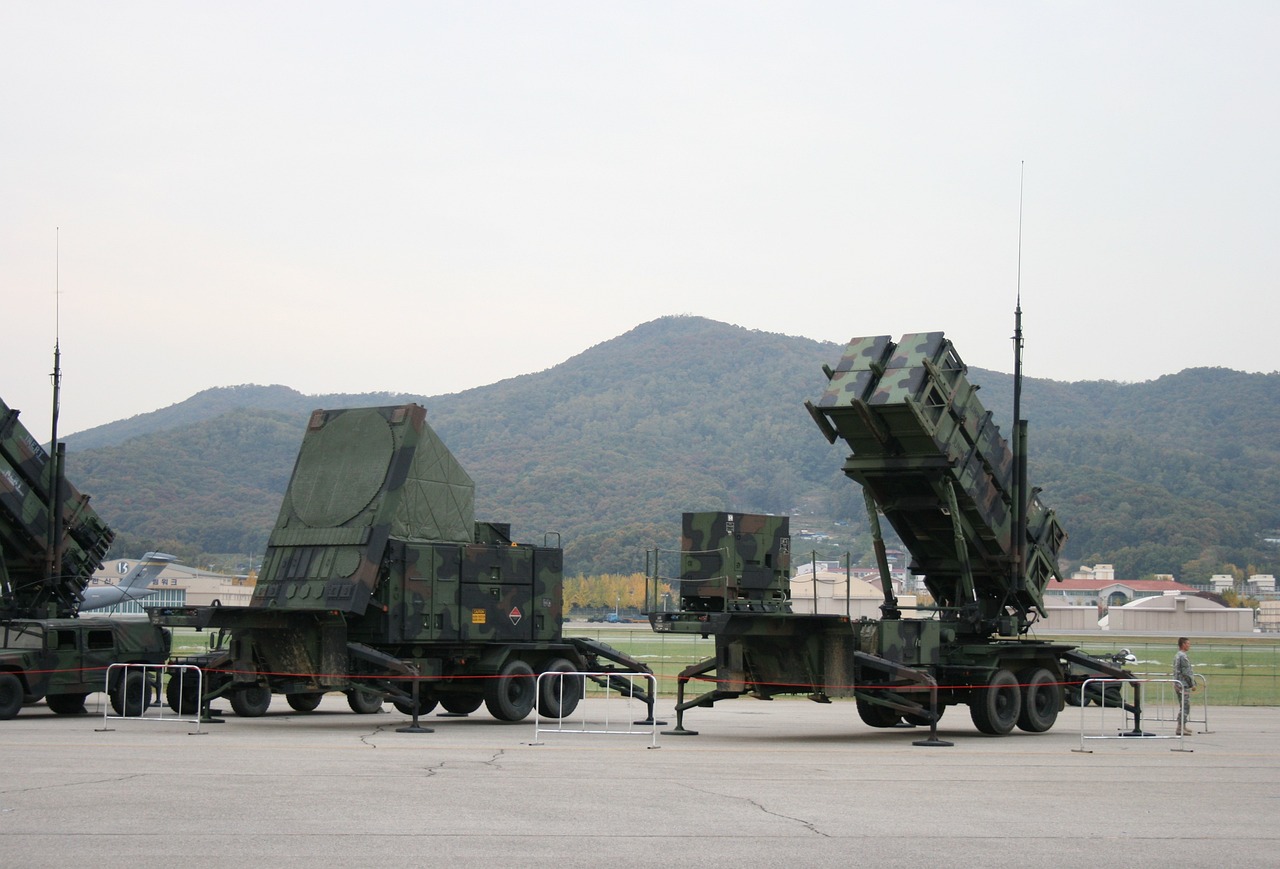By Bill Carson | October 19, 2023
For over 50 years, Patriot missiles have continuously evolved to accommodate the ever-changing technology and needs of the defense industry. With that comes a rich history of these missile systems, and how their efficient design has been trusted by the U.S. Army and allies alike since their creation.
Discover all you need to know about Patriot missile defense systems from our team at Re:Build Cutting Dynamics today.

Patriot missiles, as industry experts know, are surface-to-air defense missile systems built to intercept opposing missiles, drones, and other aircraft. These missiles were originally developed by the United States Army in the late 1970s and use a combination of tracking systems, radar, and complex fire control computers to detect and engage with their chosen targets.
Most Patriot missile systems utilize hit-to-kill technology, which aims to destroy targets by direct impact guided radar and onboard flight control systems as opposed to an explosive warhead. Additionally, Patriot missile defense systems are manufactured with a radar set, an engagement control station, and missile inceptors, as well as several launchers to effectively defend larger areas from an overhead attack.
Used in major conflicts such as the Gulf War, Iraq War, and the Syrian Civil War, Patriot missile systems have been regularly upgraded in order to accommodate the needs of the United States and allies such as Japan, Germany, the Netherlands, Saudi Arabia, and more. With that in mind, here is a brief overview on the history of Patriot missile defense systems:
Here are answers to some of the most commonly asked questions that we receive about Patriot missile defense systems.
With the latest Patriot missile designs, the system’s radar can detect threats at a range of over 100 km (or 60 miles) and can fly approximately the same distance. This makes their scope of defense wider when compared to other equipment.
In recent testing, Patriot missile defense systems have an over 90% success rate, though their real-world performance can vary depending on the type and severity of a given threat.
One of the greatest advantages of Patriot missile systems is their ability to relocate to new sites fairly quickly. This means a Patriot missile’s battery can be prepared to launch in a matter of minutes for a quick turnaround time during combat.
Our team at Re:Build Cutting Dynamics wants to ensure that all your questions regarding Patriot missile systems, our product line, and beyond have been answered. With that in mind, feel free to contact us today with any questions you may have, as we look forward to assisting you.